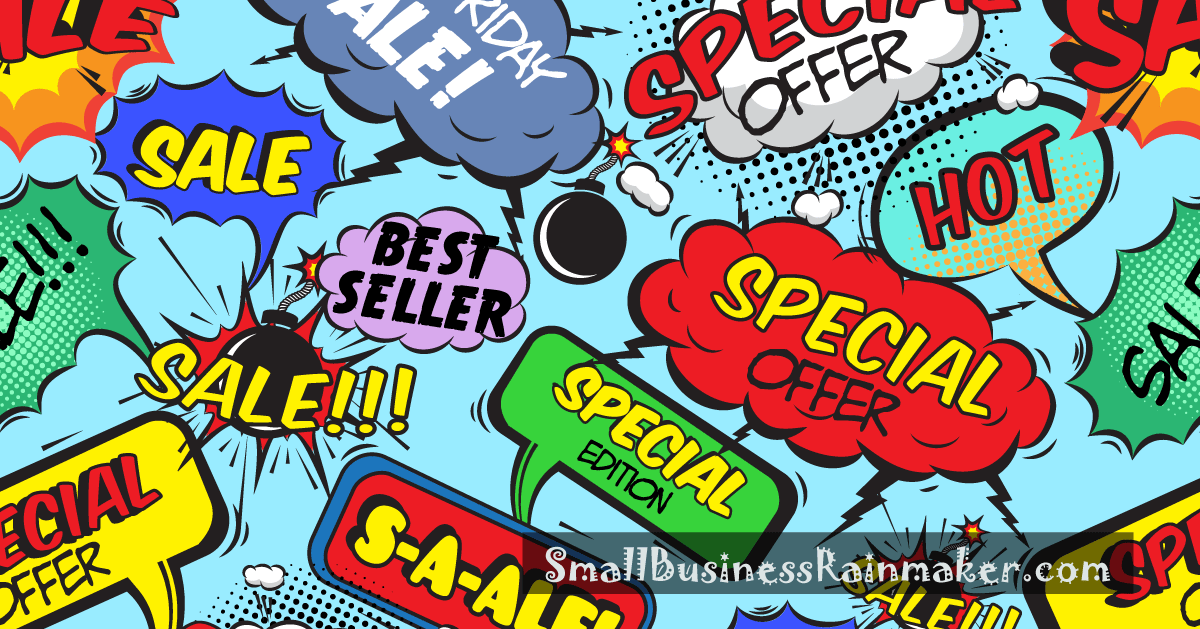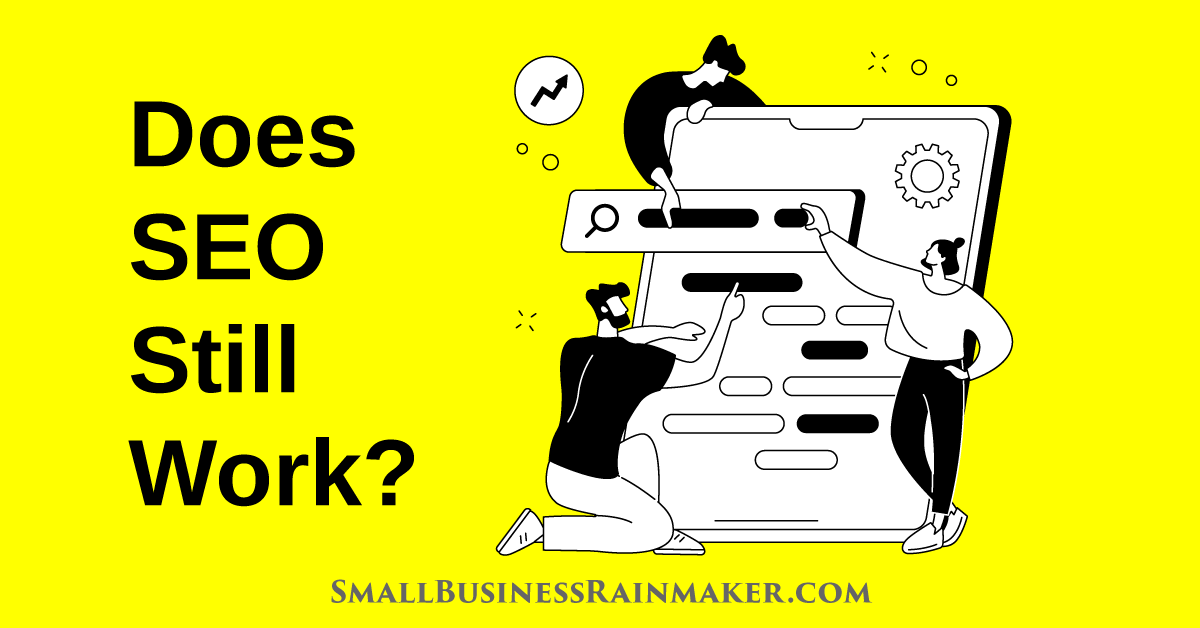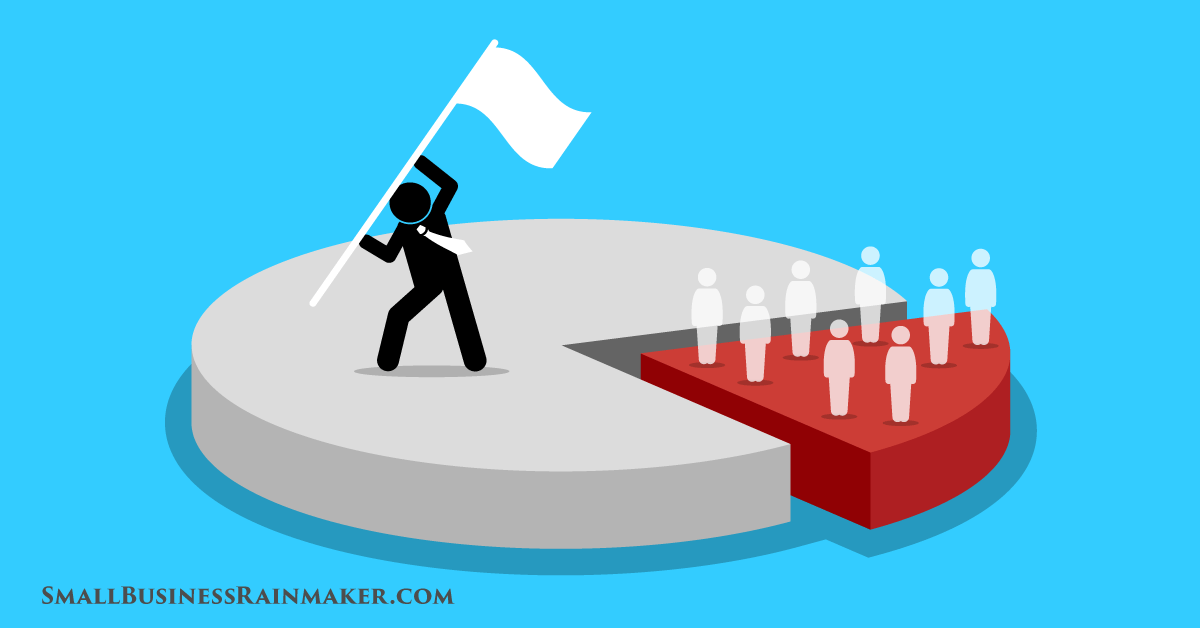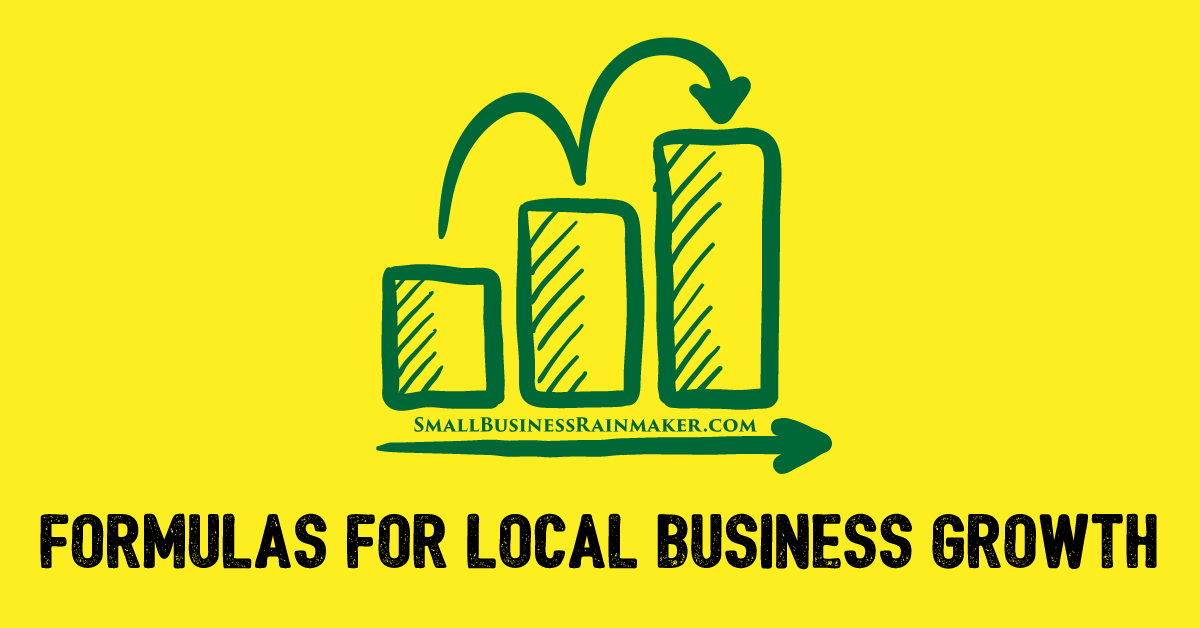
A sale—offering products at reduced prices—is a proven way to boost sales and cash flow in nearly any small business. It’s also a good way to get more new customers on board. Despite the allure of fast results, there is a dark side to the use of discounting.
Discounting is a race to the bottom. When you’re a consistent price-cutter, you’ll always find someone who offers the same or similar product for less money.
In the printing industry, for instance, there is no end to companies who will cut prices to less than cost to “keep the presses running” and get more customers. You might win the battle this month, but you’ll lose the long-term war. You can’t stay in business without profit.
Then there is the matter of perception. If you’ve worked hard to bring a premium product or service to your customers, a conventional sale can tarnish your exclusive or premium image.
If not done correctly, discount sales will simply train your customer to wait for lower prices. At that point you’re a commodity.
In addition to facing negative peer pressure about sales, some professional practices such as doctors and lawyers might be prevented from offering them due to laws and regulations.
How to benefit from a sale without becoming a discounter
Instead of reducing the price of your product or service across the board, here are 15 ways to get more sales without the negative effects of discounting.
1) Add a service or product to your regular offering.
For example, if you sell a product with consumable items, you might offer the product with $100 of free extra consumables. This pays off in two ways. One—If $100 of free consumables costs you $50, you’re not losing $100 from the sale, you’re only out $50. More importantly, you haven’t discounted your main product. Two—the customer still gets the full $100 savings. Everybody wins.
If you sell professional services, include an additional service at no extra charge, such as a free marketing consultation. Include a time limit.
2) Do a scratch-and-dent sale.
They are effective and almost always generate an immediate response. Offer discounts on demo products, returns, or slightly damaged products. If the demand outweighs the products available, then turn it to your advantage. Give the client a new product at the scratch-and-dent price and let them know you’re doing it. You look like a hero and you make the client feel special.
3) Offer a short-term payment plan with no interest.
If you don’t offer a payment plan, this is one way to “reduce” the price by reducing the customer’s upfront outlay. If you already offer a payment plan with “interest” built in, try offering the payment plan without the “interest.”
4) Offer discontinued or closeout products at a discount.
By nature, such a sale is limited and is no reflection on the value of your brand. Your customer won’t be expecting another sale when that inventory is cleared out.
5) Offer free shipping if you don’t normally do so.
If you tie it to an event such as a trade show, or to a holiday, your customer won’t expect it all the time. Use a deadline.
6) Offer next day shipping at no extra charge.
Or go all out and offer it for free. This variation on the basic free shipping idea might have even more clout. After all, this is the age of instant gratification. Experiment to see what works best.
7) Offer a free related item with the purchase of your product or service.
For instance, if you sell kitchen products to restaurants, offer to include a free book about customer service or restaurant marketing with a first-time order.
8) Offer a 30 or 60 Day Free Trial.
You collect the payment information up front but only charge them after the trial period. It’s as good as a discount because the customer gets free use of the product for that time frame. The bonus to you is that Free Trials will get you more customers.
9) Combine several products into one big package for a discount.
This is one of my favorites and I’ve used it for years. Most of your customers will not buy the premium package, but this is what happens:
Packages re-frame your regular offerings in the customer’s mind. Let’s say your most popular product is $500. You have another product at $2,000, one at $3,500, and one at $7500. Make a Premium package of all four products. Total retail value is $13,500. Offer the package for X% off. Two things will happen:
a) You will eventually get a few buyers for the Premium package. You just gained a new premium customer and you increased your average transaction amount.
b) Your most popular $500 product suddenly looks like a modest investment in comparison. Subconsciously, your prospect believes (correctly) that others are buying the Premium package and they don’t want to be left out. They become less resistant to price and feel better about investing $500. You can also create several different levels of packages to appeal to different budgets.
10) If you do events, presentations, or speak at conferences, offer a discount limited to attendees of those events.
It doesn’t dilute your product. Instead, it gives your product higher perceived value. After all, clients invested substantial time and money to see you in person, which makes the product more special in the eyes of those who did not attend.
The clients who did attend will also feel special because they get an unexpected bonus (the discount) due to their effort. The discount is tied directly to your client’s attendance, and it won’t be expected away from the event.
11) Offer a pre-launch discount for new products or services.
If you’re starting something new, give it to the early adopters at a better price. It’s a step above beta testing. As soon as it’s launched, go to your regular price.
12) Offer birthday or anniversary gifts.
Use your customer’s special dates to offer them a unique gift on their day. It can be an actual gift with purchase, or a discount with purchase that’s good only on their special day.
13) Use AdWords to drive traffic to a landing page with a special offer.
This is great for introducing new products or for introducing old products to new customers. The landing page won’t appear in your regular site navigation and thus won’t appear as a regular sale.
14) Promote a webinar that benefits your clients.
The subject should be related to the product you sell. Returning to our restaurant example, if you sell kitchen utensils to restaurants, you could run a webinar such as 7 Little-Known Knife Safety Practices that Virtually Eliminate Kitchen Injuries. Then offer a special one-time discount to webinar attendees only. This way the discount is tied specifically to the webinar and you must attend to know about it.
15) Send a gift card in a thank you note.
There are always many reasons to say thank you to a customer or prospect. Pick a reason, send the note and include a gift card that can be used towards the purchase of your products.
Nor does it have to be a big amount; it’s the thought that matters. Since a gift card has higher perceived value than a coupon, people are more likely to use it.















Leave a comment